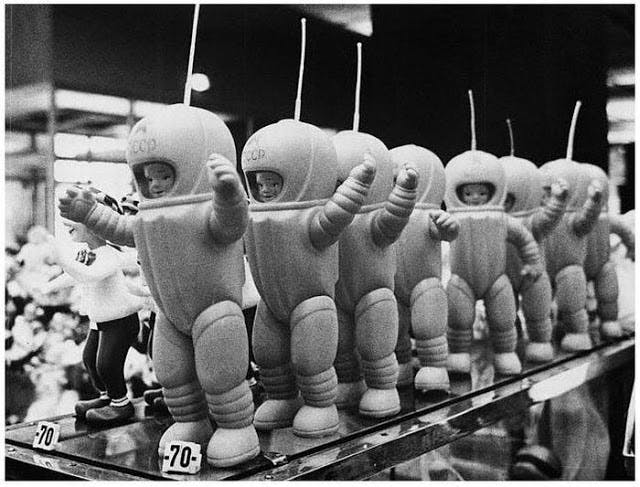Okay, I will admit that I didn’t know much about AI or machine learning before Spring 2017 SourceCon: We Control The Robots. Fortunate for me, I had a chance to interview Summer Husband and do a write up on her presentation. She is the director of data science for Randstad. As she explained to me the science behind machine learning, I became convinced that this is the future and that we as sourcers need to add machine learning to our sourcing toolbelts. So adopt a robot. Let me tell you why you should.
Husband taught me that the basis for machine learning is the identification of patterns and then using that data to make predictions. This is known as data mining and/or predictive analytics. Humans have been doing predictive analytics for years so it’s in our nature to use machine learning. And using it makes us more successful.
Take one of my first encounters with predictive analytics for example. I played volleyball for BYU. The BYU men’s volleyball team has won three NCAA championships and has been the winningest team for the last 30 years in arguably the toughest conference in any NCAA sport, the qualifier being that almost every team from the AVCA Top 10 National Coaches Poll is in BYU’s conference year in and year out. It is a storied program with Olympians and pro-players coming out of BYU since the program’s inception in the early 1960s. That’s how accomplished the BYU men’s volleyball program is. Much of that success was based on the predictive analytics that the late, great, BYU men’s volleyball head coach Dr. Carl McGown applied to the game of volleyball.
McGown would watch film and instead of just trying to observe tendencies, he would keep detailed stats on them and run statistical analyses to understand the probabilities of how the opponent would play. He went as far as creating heat maps to predict where players would hit the ball on the court. By doing that he could put his defensive players in a position where they would reach the highest percentage of balls hit. This practice increased their defensive efficiency.
I had a chance to speak with fellow alumnus Mac Wilson about how McGown used predictive analytics to make the team more successful. Wilson was a middle blocker when we won two national championships in three years from 1999-2001. He went on to play professionally in Europe and played for the USA men’s national team. Wilson told me that McGown would use predictive analytics at the end of a match when the game was on the line. In these instances, logic would tell you that the opponent would set the ball to their best player so we should block him. Yet, the statistics indicated that they would go to another player in that particular situation. McGown would follow the statistics and could even use them to tell his team where that player was most likely going to hit the ball. Sure enough, the predictive analytics were right. We would block the ball and walk off the court with a win.
This has absolutely revolutionized the game of volleyball and as McGown has consulted and coached the USA men’s national team, he has used predictive analytics to propel that program to one of the greatest programs in modern day volleyball, winning three gold medals and one bronze since 1980.
Using this principle behind machine learning made these volleyball programs successful. Now imagine if you could take that level of success and multiple it. Machine learning can do just that. One of the major differences between traditional predictive analytics and machine learning is that the machine can look at much larger sets of data or Big Data. Analytics thought leader, Thomas H. Davenport adds that while “humans can typically create one or two good models a week; machine learning can create thousands of models a week.” That’s a good reason to adopt a robot, it multiplies our success.
Another reason we need to adopt a robot is because companies are using machine learning more and more. It’s inevitable. Because machines can work much faster than we can, eventually they will replace much of what sourcers do. We need to be early adopters and become experts in it so that instead of becoming obsolete, we will become super sourcers, multiplying our capacity.
Adopt Wendy & Wade and Wendy’s AI recruiting assistant. She’ll help you screen resumes. We learned about her this Spring. Most of us were impressed at SourceCon when Jason Roberts pitted us against her in a candidate screening contest and to our surprise, she selected nearly the same candidates as we did for the job.
Adopt Engage Talent. It mines for candidate data then based on their key indicators predicts which candidates in their database are most likely to change jobs. These are the candidates you should engage – hence the name of their product. Here at Genuine Recruiting, we are currently testing this tool.
Or you can ease into it and adopt Hiretual or Intelligence Search to multiply your ability to create Boolean strings.
There are many more robots you can adopt. The key is to start somewhere and track the results. Doing so will propel you to greater success and help turn you into the expert super sourcer, we know you are.
